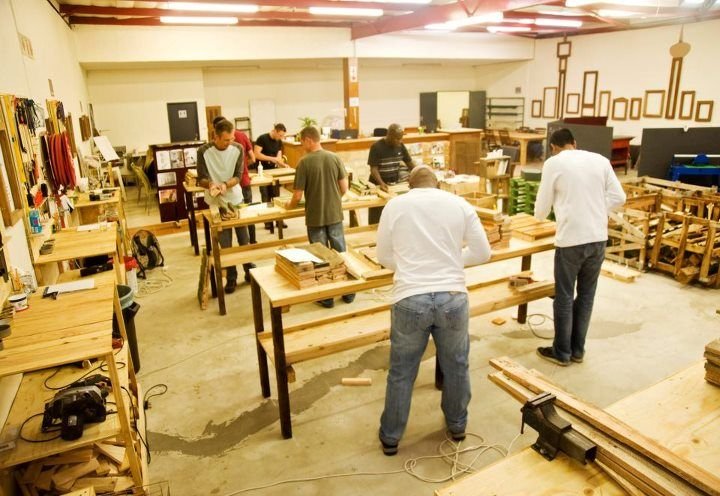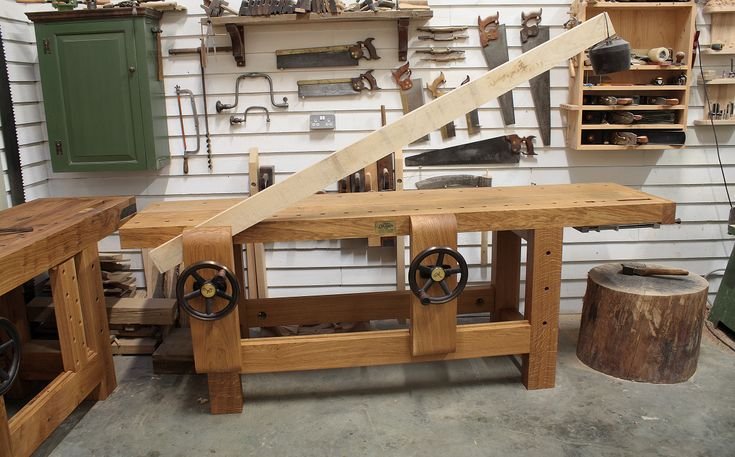The Story Behind My Woodworking Mallet
You know, it’s funny how some of my best projects have started out as simple little ideas, and I’ve ended up in quite the predicament. Like the time I thought it would be a breeze to whip up a woodworking mallet. I had my coffee in hand, the morning sun streaming through my garage window, and I was feeling incredibly optimistic.
So, here’s the thing: I’ve always admired those hefty wooden mallets you see in workshops—there’s just something about the weight and simplicity. It felt like a rite of passage to make one myself. I mean, how hard could it be?
Well, let me tell you, I had no idea what I was getting into.
Sketching It Out… Sort Of
I started with some rough sketches. I had this image in my head: a simple, solid-looking mallet, made from some tough hardwood. I didn’t want anything fancy; just something that could get the job done. I remember rummaging through my scrap wood pile—God bless that pile, it’s like a treasure chest for projects like this.
In the end, I grabbed a piece of maple. It was a good, dense wood that I knew would hold up, but I also feared it might be too heavy for my amateur woodworking skills. I kept second-guessing myself. Should I have gone with oak? I’ve heard that oak is the king of mallets, weighing in on the perfect balance of weight and durability. But, I decided to stick with the maple for my first try.
Struggles with the Saw
Then came the moment of truth: cutting the wood. Ahh, the saw. I can still hear it whirring away as I set up my miter saw and took a deep breath. But boy, did I underestimate the process. Here’s where I almost gave up, seriously. I had this vision in my head of smooth, clean cuts, but reality hit when I sawed it a little crooked. One side was thicker than the other, and I immediately thought, “Well, this isn’t going to work.”
I took a step back and had a little chat with myself. My brain was all, “You can’t just throw it away! It’s wood, not gold.” So, I adjusted and tried to make the crooked side less crooked with a chisel, which, let me tell you, was a whole new adventure of its own. The chisel slipped once or twice, and I ended up with a couple of nice little nicks in my workbench. I remember cursing under my breath.
A Little Faith Goes a Long Way
Eventually, after some finesse (and maybe a bit of luck), I had a rough rectangular shape. It wasn’t pretty, but in that moment, it felt like I’d just conquered Everest. I could almost hear a triumphant soundtrack in my head.
Next up was the handle. I used a piece of the same maple—figured it’d make for a coherent design. The handle was where the magic happened. I started shaping it using a rasp and sandpaper, and oh boy, the smell of that wood being smoothed down was something else. There’s just something about the fresh scent of cut wood that makes you feel ridiculously accomplished.
It took a few rounds of sanding to get it where I felt it was decent, and I chuckled when I held it up, thinking, “This looks like a mallet.” I was nervous though—would it hold up to a good whack?
The Big Moment: Will It Work?
Now, for the test. I set up a nice piece of scrap wood, grabbed my newly crafted mallet, and… I hesitated. The weight in my hands felt heavier than I anticipated. I thought about all the wood I’d just spent time shaping and sanding down, and what if it cracked right then and there? But I said to myself, “Just do it. You’ve come this far.”
With a deep breath, I raised that mallet and brought it down with a solid thwack! The sound rang out—thwup—like a celebratory drumbeat. To my surprise, it felt good! I could hardly believe it.
I remember laughing, almost giddy. It all came together—a raw piece of wood transformed into something functional. Not only had I made something, but it didn’t fall apart. It was like reaching the finish line after a long race.
A Few Lessons Learned
Of course, things weren’t perfect. The finish wasn’t as smooth as I’d hoped, and there’s a little wobbly edge where I miscalculated an angle, but here’s the thing: it didn’t matter. It was mine, and each little imperfection has a little story to tell—just like me.
If anyone ever tells you that woodworking is just about getting it perfect, don’t believe them. It’s about figuring out what wood works, what tools feel right in your hands, and honestly, it’s about the journey.
The Takeaway
So, if you’re toying with the idea of making a woodworking mallet or any other project, here’s my unsolicited advice: dive in. Don’t let your first failed cut or a crooked line get you down. It’s all part of the game. Grab that piece of wood, let your imagination run a little wild, and who knows? You might just surprise yourself.
And don’t forget the coffee—it helps. A little caffeine always seems to spark a good idea or two. If I had waited for things to be perfect, I never would’ve had that beautiful mess of a mallet to muse over today.







